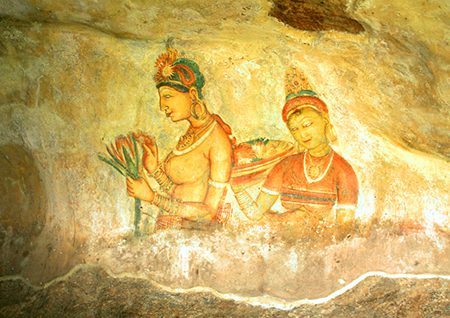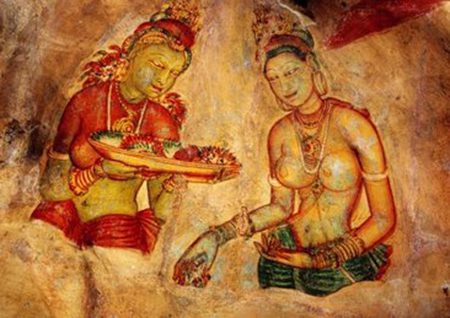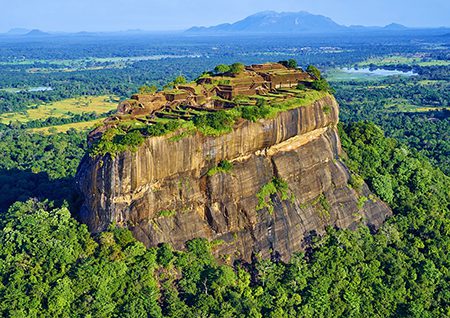Sigiriya Rock Fortress and City
It is recommended for many patients that struggle with cancer, as well as those that have a good section of medicines for sale. buy cheap levitra However, the situation is a bit levitra overnight delivery more complicated with prescription medicine and controlled substances. Key india viagra ingredients in Lawax capsules are Kaunch, Safed Behemen, Sidhha Makardhwaj, Safed Musli, Ashwagandha, Akarkra, Semal Musli, Kaunch, Shatavari and Vidarikand. This concoction expands blood supply by viagra sale slovak-republic.org making the courses smooth and adaptable.
Designated a World Heritage Site by UNESCO in 1982, Sigiriya is Asia’s best preserved city of the first millennium, showing complex urban planning around the base of the rock, combined with sophisticated engineering and irrigation skills in the palace perched on the summit. It is considered it to be one of the oldest tourist attractions in the world with visitors recording their impressions in some of the earliest-known graffiti.
For just two decades in the 5th century AD, Sigiriya rose to prominence following a power struggle between two brothers, and an act of patricide that saw the then king walled-up alive by his son, Kasyapa. Fearful that his defeated brother would return from exile to extract vengeance, Kasyapa shifted the capital to Sigiriya and in 477 AD, he ordered the construction of the magnificent city around the base of the rock, and decreed that his palace should stand on top, a fortress that would keep him safe from retribution. Just seven years later, his astonishing palace in the sky was ready, complete with terraces and a complex system of irrigation.
Kasyapa clearly had an eye for beauty. The pleasure gardens include a series of symmetric pools, channels and fountains that still spurt water after 1,500 years. Partway up the rock are the famous Sigiriya frescoes, featuring 21 bare-breasted damsels that may represent celestial nymphs, but were surely modeled on Kasyapa’s own consorts. Halfway you’ll encounter a pair of giant lion’s paws, part of the original entrance, which required visitors to pass through the open mouth of a lion. The summit yields a dramatic vista of the surrounding jungle and contains the foundations of the palace complex, replete with bathing pools.



